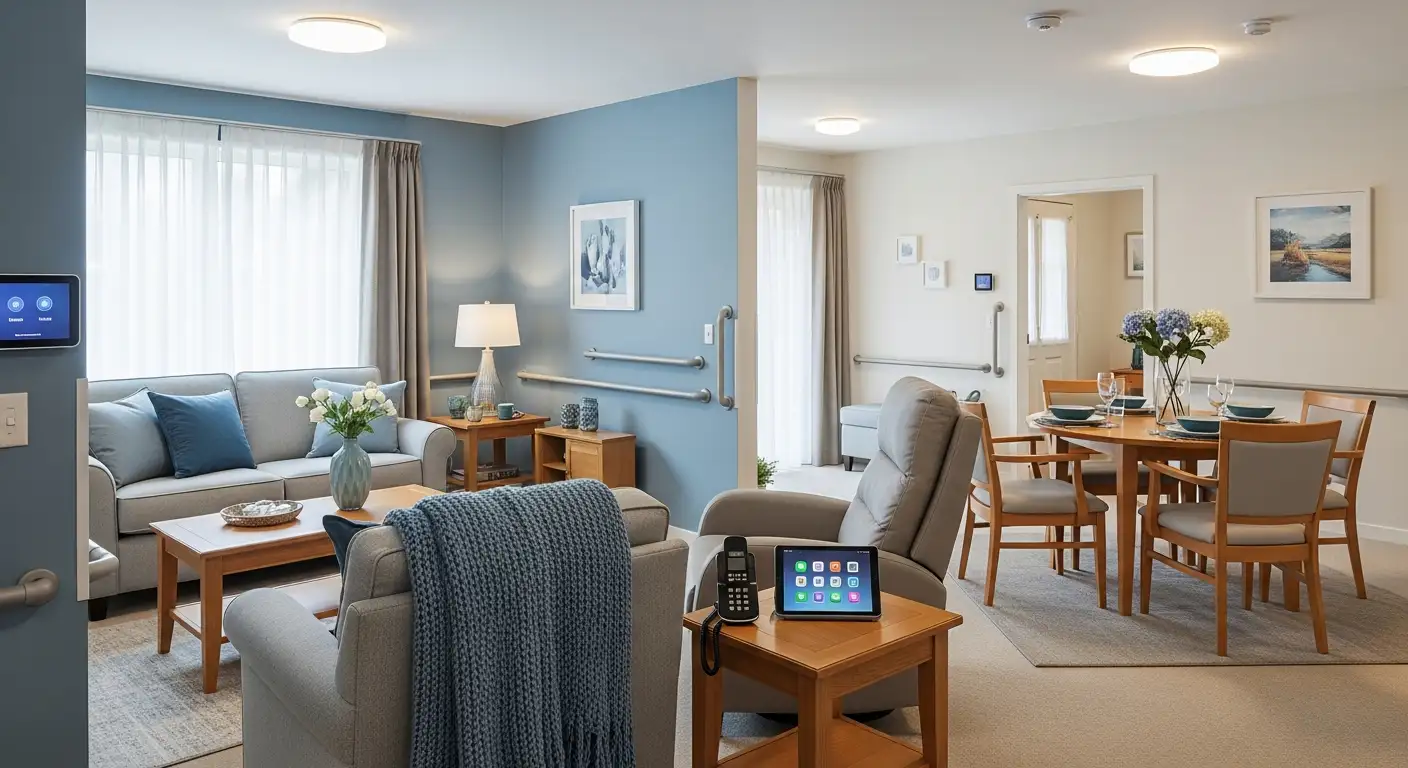The future of Medicaid waiver home care programs
Expanding Horizons: The Evolution and Future of Medicaid Waiver Home Care Programs

A New Era for Medicaid Home Care
Medicaid waiver home care programs have become an essential lifeline for millions of American families seeking in-home support for elderly members and individuals requiring assistance with daily living. With over four million people relying on Medicaid home- and community-based services (HCBS), these programs have evolved substantially, especially in the wake of the COVID-19 public health emergency. As these programs transition into a post-pandemic world, understanding the changes, challenges, and prospects for Medicaid home care is critical for policymakers, caregivers, and recipients alike.
Medicaid's Expanding Role in Home and Community-Based Services
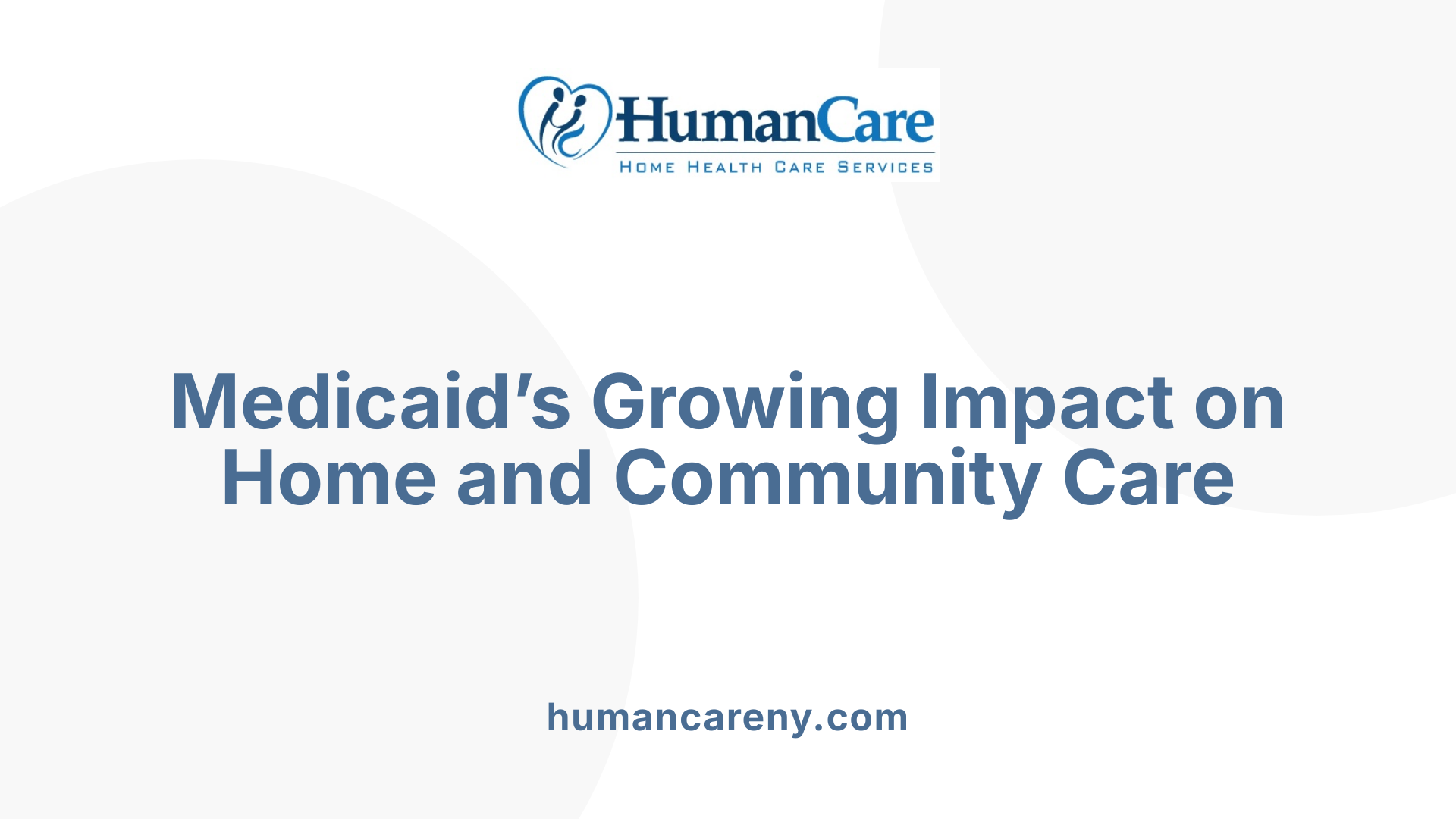
How extensive is Medicaid's coverage of home and community-based services?
Medicaid home and community-based services (HCBS) assist over 4 million people across the United States. These services support essential activities of daily living, such as eating, bathing, and dressing, as well as instrumental activities like meal preparation, medication management, and housekeeping. This comprehensive support helps individuals remain in their homes and communities rather than institutional settings.
What is the financial scale of Medicaid spending on HCBS?
In 2020, Medicaid spent an estimated $162 billion on HCBS, representing the majority of the total $245 billion spent nationally on these services. This high level of investment highlights Medicaid's crucial role in funding long-term care options that prioritize personal choice and community living.
What services are typically included under Medicaid waiver programs?
Medicaid waiver programs offer expanded access to a variety of home care services. Notably, recent updates have broadened eligibility and coverage, allowing more seniors—including those with dementia—to receive in-home care. Waivers often cover specialized supports such as in-home dementia care, respite for family caregivers, training, and counseling. These enhancements facilitate personalized care plans and help reduce caregiver stress. Additionally, payments to family caregivers are increasingly common, especially for relatives who are not legally responsible for the care recipient, supporting more flexible caregiving arrangements.
| Aspect | Description | Impact |
|---|---|---|
| Usage | Over 4 million individuals use Medicaid HCBS | Supports a large population in need of home-based care |
| Spending | $162 billion by Medicaid on HCBS in 2020 | Majority of national HCBS funding emphasizing program size |
| Services Covered | Activities of daily living, instrumental tasks, specialized care, caregiver support | Enhances quality and accessibility of community care |
Impact of COVID-19 on Medicaid Home Care Policies
How did the public health emergency (PHE) affect Medicaid home care policies?
During the COVID-19 pandemic, states leveraged PHE authorities to quickly adapt Medicaid home- and community-based services (HCBS). This allowed rapid expansion of access to vital personal and instrumental care activities, such as bathing, eating, medication management, and housekeeping. These emergency policies aimed to ease access barriers at a time when demand surged and in-person services were challenged by health risks.
What expansions occurred in access and workforce supports?
States introduced several measures to strengthen the HCBS workforce and caregiver supports. Most notably, many states began allowing family caregivers to be paid through waiver programs, even when those caregivers were not legally responsible relatives. Further supports such as respite care, training, and counseling for family caregivers became widespread, ensuring they had resources to provide consistent, quality home care.
What role did virtual evaluations and provider rates play?
One common PHE-era policy was the adoption of virtual evaluations to assess eligibility and care needs. This innovation helped maintain continuity of care while limiting COVID-19 exposure risks. Additionally, provider payment rates were often increased to incentivize workforce participation and retention. However, as the PHE ends, virtual evaluations and some increased rates are winding down, potentially impacting future access and service scope.
Transitioning from Temporary to Permanent Medicaid Policies
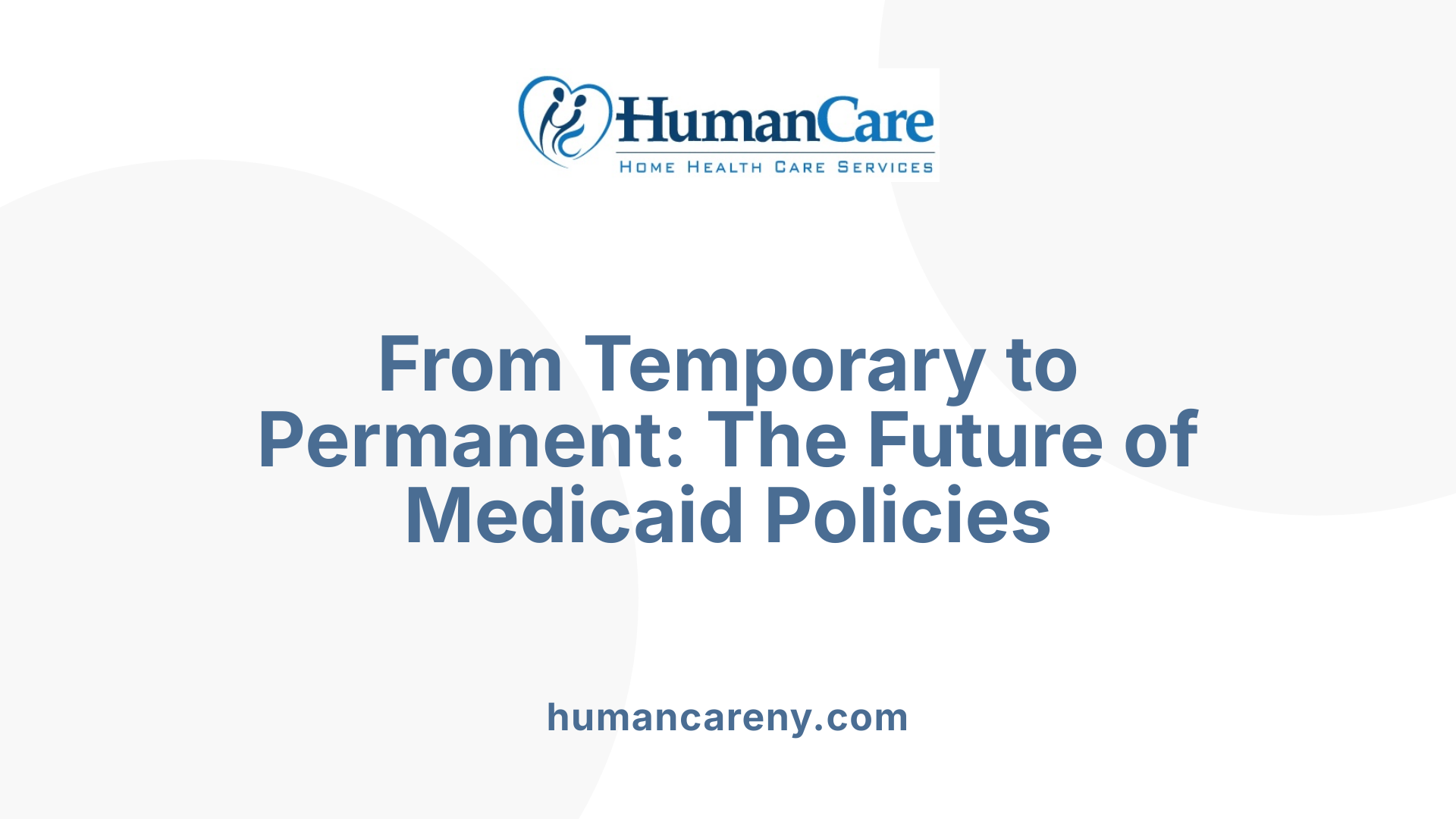
How Are PHE-Era Medicaid Policies Transitioning Into Permanent Measures?
During the public health emergency (PHE) brought about by COVID-19, states employed special authorities to expand access to Medicaid home- and community-based services (HCBS), strengthen the workforce, and provide greater support to caregivers. These adaptations included measures like virtual evaluations and increased provider reimbursement rates, which helped sustain service delivery during a critical time.
As the PHE ends, most of these temporary policies are now evolving into permanent Medicaid policies. However, the landscape is shifting: Some temporary measures, notably virtual evaluations, utilization limits, and prior authorization requirements, are being phased out or reinstated.
What Is Happening with Virtual Evaluations in Medicaid HCBS?
Virtual evaluations, a cornerstone strategy during the PHE to reduce in-person contact, are now coming to an end in many states. This phase-out means that face-to-face assessments will likely become necessary again for Medicaid HCBS eligibility and service planning, potentially creating new hurdles for beneficiaries who have become accustomed to telehealth options.
How Are Utilization Limits and Prior Authorization Changing?
Several states are reintroducing utilization limits and prior authorization requirements that were relaxed during the PHE. These reinstatements could restrict the scope and volume of services available to Medicaid HCBS recipients, potentially reducing timely access and increasing administrative burdens for both providers and recipients.
What Impact Will These Changes Have on Service Access and Scope?
The transition away from expanded flexibilities may complicate access to HCBS. The end of virtual evaluations and the return of prior authorization may delay service initiation or continuation. Additionally, utilization limits could reduce the amount or types of services beneficiaries can receive, impacting daily living supports crucial for their independence and well-being.
In summary, while many PHE-adapted Medicaid policies are becoming permanent, the rollback of some critical flexibilities threatens to hinder access and narrow service options for those relying on HCBS. Ongoing monitoring and responsive adjustments will be necessary to balance safety, access, and quality in the post-PHE Medicaid home care environment.
The Growing Recognition and Support of Family Caregivers
Payments to Family Caregivers
Medicaid programs across most states now include provisions allowing family caregivers to be compensated for providing personal care services. Typically, these payments come through waiver programs designed to extend support beyond formal healthcare workers. By recognizing the significant role family members play, these policies help alleviate some financial pressures associated with caregiving duties.
Distinction Between Legally Responsible and Non-Legally Responsible Relatives
There is an important distinction in payment eligibility based on legal responsibility for the care recipient. Family caregivers who are not legally responsible—such as adult children or more distant relatives—are more commonly compensated. Conversely, payments to legally responsible relatives, such as spouses or parents, are more likely to cease once public health emergency authorities expire. This creates a nuanced landscape where support availability varies considerably depending on family roles and legal relationships.
State Variations in Family Caregiver Compensation
State policies show variation in how and when family caregivers receive payments. Many states have embraced innovative waiver adjustments during the public health emergency, which allowed expanded access and increased provider rates. However, as these temporary policies transition or end, some supports may diminish or evolve. Additionally, nearly all states offer supplementary supports such as respite care, training, and counseling to assist family caregivers, contributing to a broader support network beyond direct payments.
These measures play a crucial part in enabling families to provide consistent, personalized care while addressing workforce shortages and caregiver stress. The evolving Medicaid landscape reflects a growing acknowledgment of the vital role family caregivers hold in maintaining independence and quality of life for home care recipients.
State-Supported Services for Family Caregivers Beyond Financial Compensation
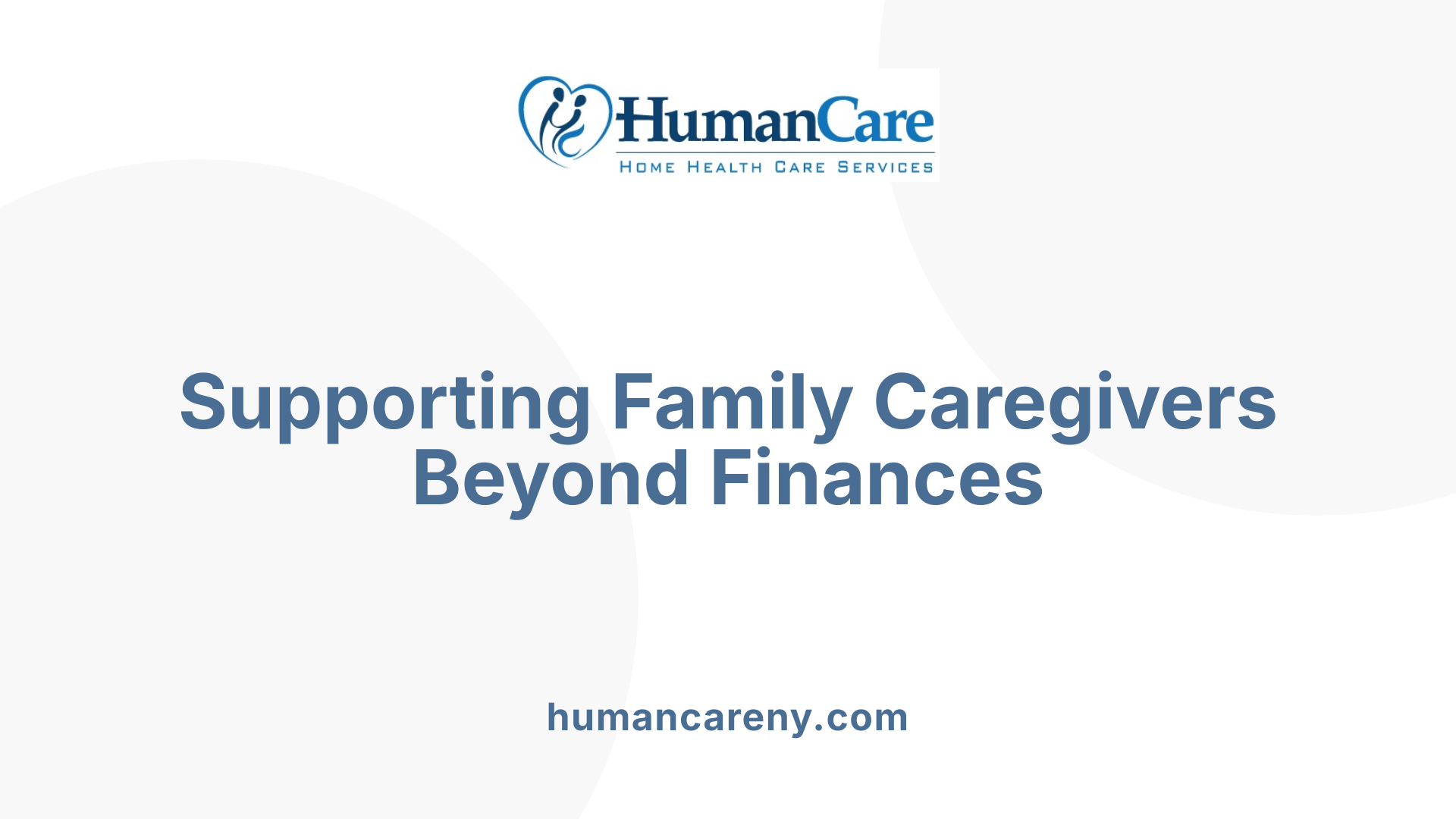
What types of support are available for family caregivers beyond payment?
Many states recognize that family caregivers need more than just financial compensation to provide effective home- and community-based services (HCBS). Nearly all states offer various supportive resources such as respite care, training, and counseling designed to alleviate the physical and emotional demands of caregiving.
How does respite care benefit family caregivers?
Respite care provides temporary relief for family caregivers, allowing them time to rest and recharge. This service is crucial in preventing burnout and maintaining caregivers' health, ultimately supporting sustained quality care for the recipient.
What role does training and counseling play for family caregivers?
Training programs equip family caregivers with practical skills for personal care tasks, medication management, and dementia-specific care techniques. Counseling services offer emotional support, helping caregivers cope with stress and the challenges associated with caregiving responsibilities.
How do support networks enhance caregiver capacity?
Support networks, including peer groups and care coordination services, foster social connection and knowledge sharing among caregivers. They empower family caregivers by facilitating access to professional guidance and community resources, enhancing the consistency and quality of in-home care.
By integrating respite options, educational resources, and counseling with financial supports, states aim to build a holistic system that strengthens family caregivers' ability to provide long-term, personalized care within their communities.
Navigating Challenges in Medicaid Waiver Program Access Post-PHE
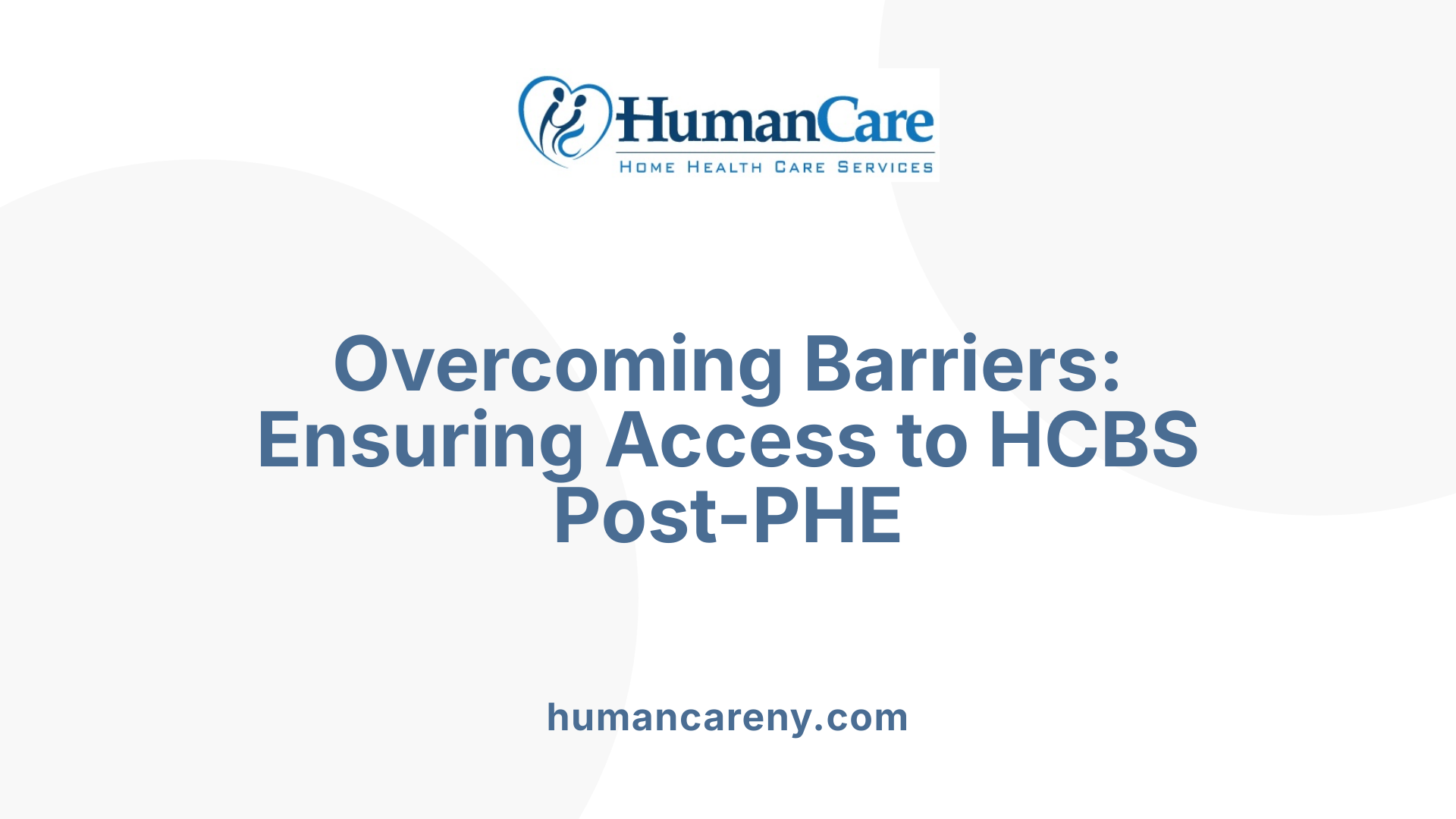
What are the major barriers to HCBS access following the public health emergency?
As the public health emergency (PHE) ends, several barriers are emerging that complicate access to Medicaid home- and community-based services (HCBS). One significant challenge is the reevaluation of eligibility, where beneficiaries must undergo renewed assessments to confirm their qualification for services. This process can delay care and create uncertainty for those relying heavily on these supports.
Additionally, many states are facing reduced waiver slots—meaning fewer available openings in Medicaid waiver programs that fund HCBS. This reduction limits the number of individuals who can receive assistance, causing longer wait times and leaving some without critical supports.
The reinstatement of prior authorization requirements is another hurdle. During the PHE, many states eased these administrative steps to speed up access to services. With the return of prior authorization policies, beneficiaries might encounter more paperwork and delays before receiving approval for care.
How do these changes affect beneficiaries?
Together, these barriers threaten the continuity and scope of services that beneficiaries have come to depend on. People receiving HCBS may experience disrupted care routines, which can impact their independence and quality of life. Family caregivers could face increased pressure as they navigate more complex approval processes.
Moreover, with workforce shortages persisting, the compounded effect of these policy rollbacks risks deepening access issues. The combined strain may force some families to seek more costly institutional care options if in-home support becomes less accessible.
In summary, while many PHE-era policies transitioning to permanent status improve HCBS, the end of certain flexibilities introduces new challenges that Medicaid beneficiaries and caregivers must carefully navigate.
Addressing Workforce Shortages in Medicaid Home Care
What are the current workforce challenges in Medicaid home care?
Medicaid home- and community-based services (HCBS) face persistent workforce shortages that affect the availability and quality of care. Many professional caregivers struggle with low wages and limited benefits, leading to high turnover rates. Additionally, the demand for HCBS has grown, especially with expanded Medicaid waiver programs serving more seniors and individuals with complex needs like dementia.
How do policy changes impact the workforce?
During the COVID-19 public health emergency (PHE), states implemented measures such as increased provider rates and virtual evaluations to support the workforce and expand access. However, as many PHE-era policies phase out, reductions in provider payment rates, reinstated utilization limits, and prior authorization requirements may worsen workforce challenges. These changes threaten the stability of caregiving jobs and the willingness of individuals to enter or remain in the field.
What are the effects on professional and family caregivers?
Workforce shortages place added pressure on both professional caregivers and family members. While nearly all states now offer some support to family caregivers—such as respite, training, and counseling—complications like fewer waiver slots and eligibility re-evaluations create obstacles. Many family caregivers are paid, especially those not legally responsible for the care recipient; however, payments to legally responsible relatives are likely to end with the expiration of PHE policies. These dynamics increase stress and reduce the consistency and quality of care, highlighting the need for continued policy innovation to address workforce sustainability and support caregiving families.
Policy Innovations Supporting Dementia Care in Home Settings
In-Home Dementia Care Expansion
Medicaid's updated waiver policies have significantly expanded access to in-home dementia care. These changes enable more seniors with dementia to receive services in their homes rather than in institutional settings, reflecting a shift towards supporting independence and maintaining daily routines.
Updated Medicaid Waiver Policies
New Medicaid rules improve eligibility and coverage for home care services. Streamlined approval processes and increased funding facilitate access to trained caregivers, easing the burden on families. The waiver updates also include broader coverage options, making long-term in-home care more affordable for low-income households.
Benefits for Families and Routine Maintenance
Enhanced care coordination and stronger support networks empower family caregivers to deliver consistent, high-quality care tailored to individual needs. This support helps families maintain familiar routines, reduces caregiver stress, and promotes personalized care plans that benefit both seniors with dementia and those providing their care.
Future Opportunities: Affordability and Coordination under Updated Waiver Programs
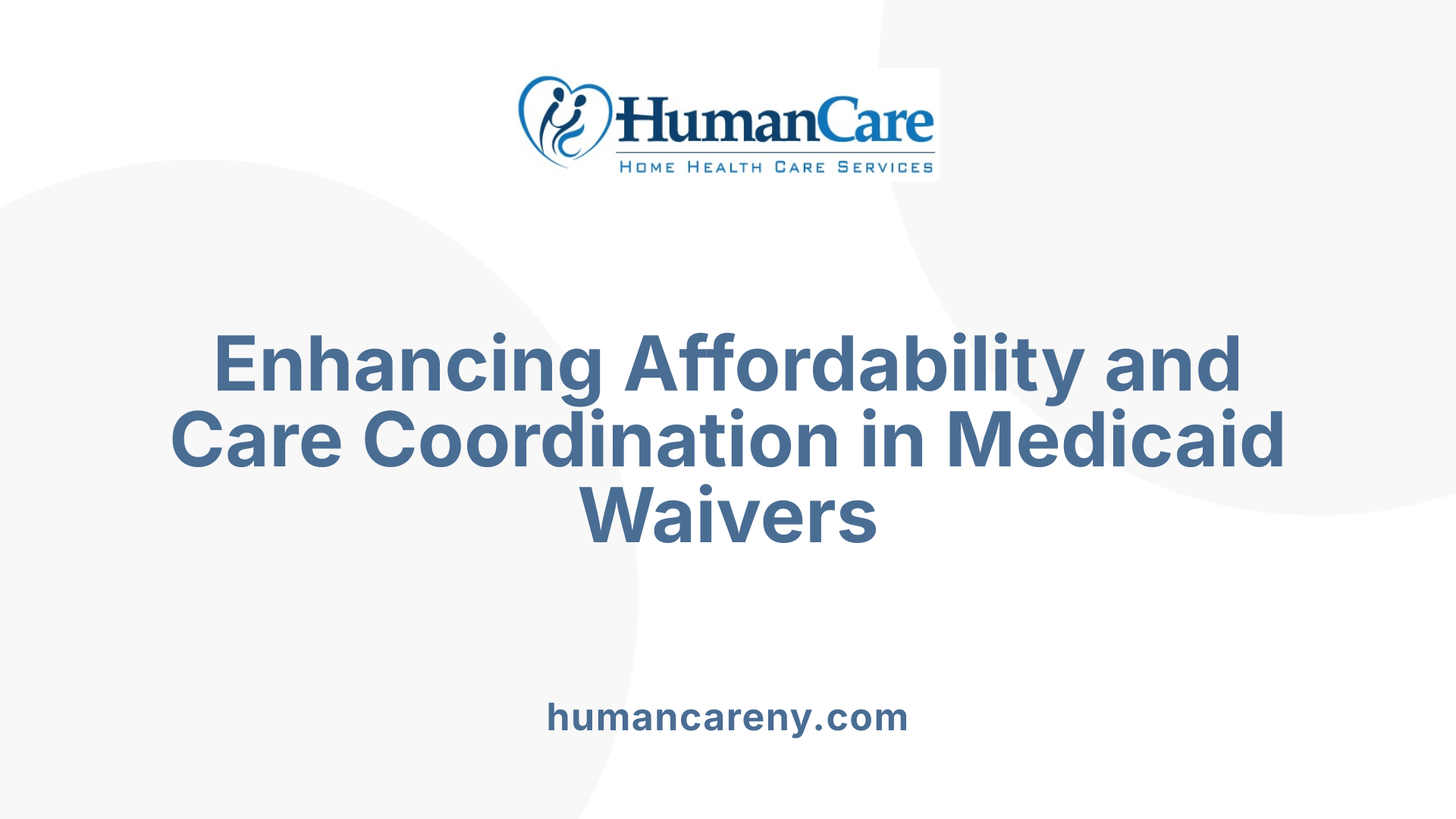
Expanded Eligibility and Coverage
Recent updates to Medicaid waiver programs have broadened eligibility criteria and coverage options, particularly benefiting seniors and individuals living with dementia. These changes enable more people to access home care services, allowing them to receive support in familiar environments rather than institutional settings. This shift aligns with the growing preference for personalized and community-based care.
Affordability for Low-Income Households
The updated waivers include provisions that make long-term home care more accessible and affordable for low-income families. By increasing funding and offering wider coverage, these programs reduce the financial burden on households that might otherwise struggle to pay for necessary care. This affordability component is critical to ensuring equitable access to home- and community-based services.
Streamlined Approval and Trained Caregiver Access
Improvements in funding have also facilitated a more efficient approval process for Medicaid waivers. This streamlining helps recipients gain faster access to trained caregivers, which in turn reduces stress for family members who might otherwise provide unpaid care. Ensuring that caregivers are well-trained supports higher quality care and improves outcomes for those receiving services.
Enhanced Care Coordination and Personalized Care Plans
Updated policies promote better coordination among healthcare providers, caregivers, and families. This coordinated approach fosters consistent, high-quality in-home care tailored to individual needs. Support networks and resources empower family caregivers, helping them implement personalized care plans that respect the routines and preferences of their loved ones.
Together, these advancements under Medicaid waiver program updates represent promising opportunities to improve the affordability, quality, and accessibility of home care services for vulnerable populations.
Shaping the Future Landscape of Medicaid Home Care
The future of Medicaid waiver home care programs is marked by continued expansion, thoughtful policy adaptations, and an increased focus on empowering family caregivers and addressing workforce challenges. As states refine and permanently adopt many of the PHE-driven changes, the promise of more accessible, affordable, and high-quality in-home care becomes increasingly attainable. Ongoing innovation in service delivery, caregiver support, and funding mechanisms will be crucial to meet the evolving needs of an aging population while ensuring dignity and quality of life for individuals relying on Medicaid home care services.








